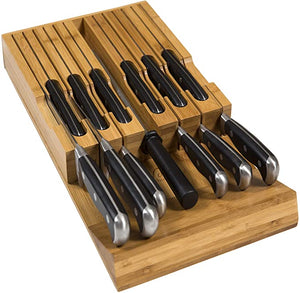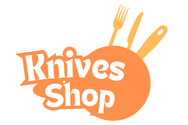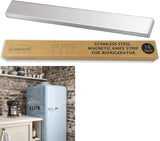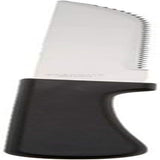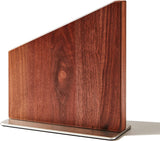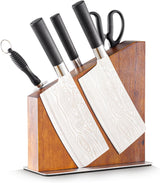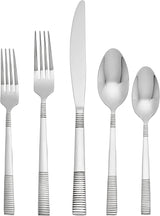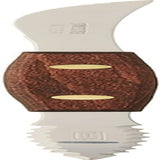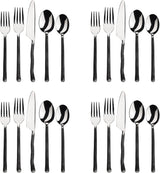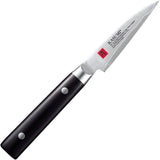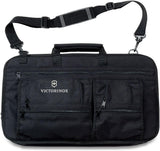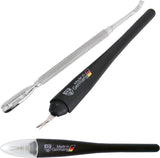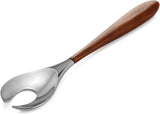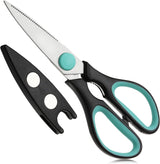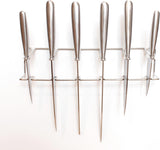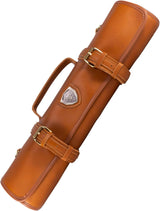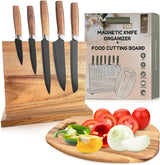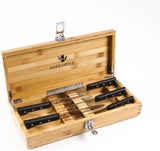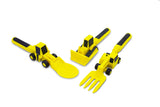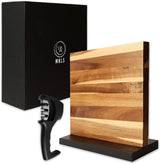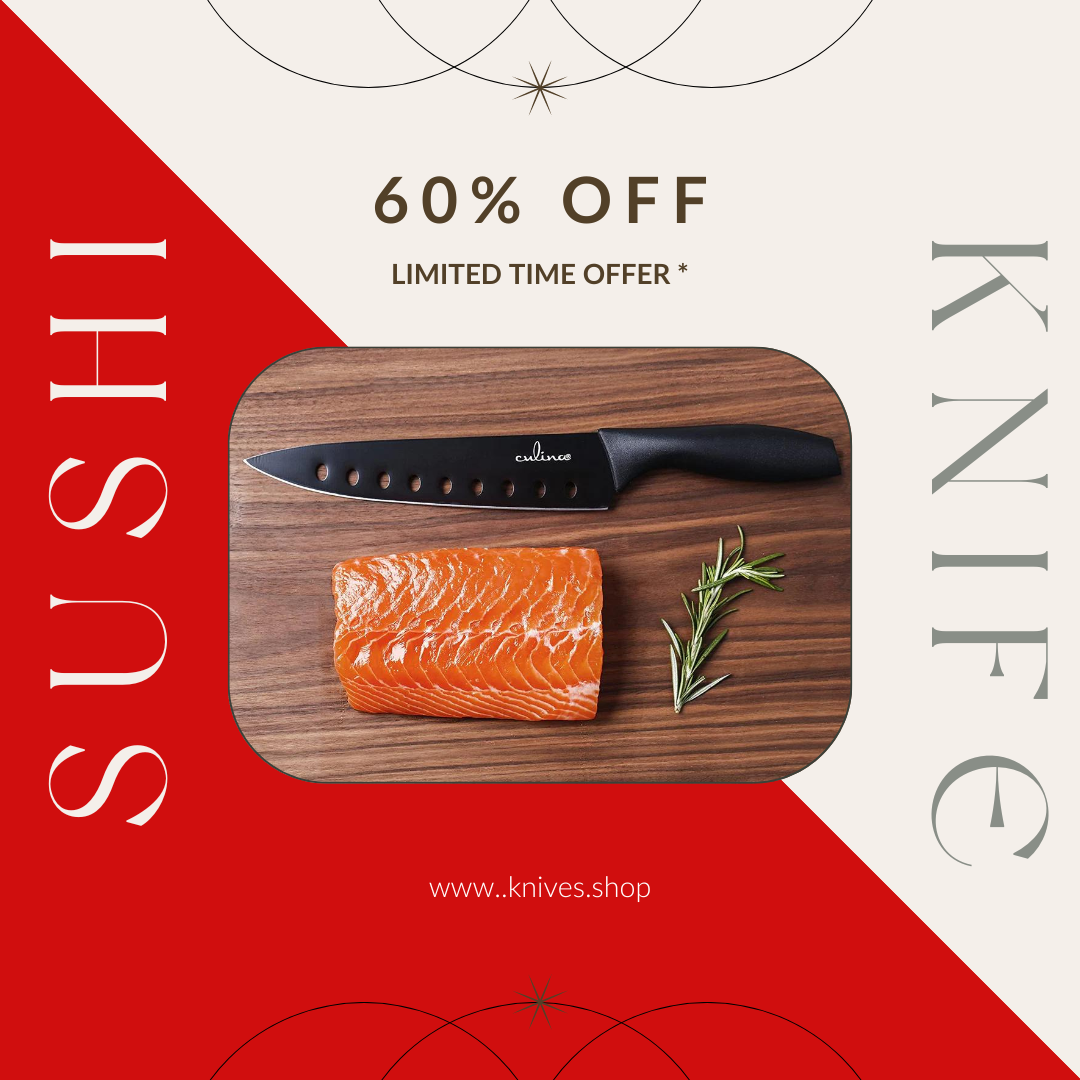-
Chef's Knife: This is the most versatile knife in the kitchen, typically ranging from 6 to 12 inches in length. It's used for chopping, slicing, and dicing all types of food.
-
Paring Knife: A small knife with a 2-4 inch blade. It's used for peeling and other small or intricate work such as de-veining a shrimp, removing seeds from a jalapeño, or cutting small garnishes.
-
Bread Knife: A long knife with a serrated edge, it's perfect for cutting through bread without crushing it.
-
Utility Knife: A medium size knife that is a mix between the chef's knife and the paring knife. It's used for cutting vegetables and sandwich meats that are not large enough for a chef's knife.
-
Carving Knife: A large knife (8-15 inches) that is used for slicing thin cuts of meat, including poultry, roasts, hams, and other large cooked meats.
-
Boning Knife: A thin, short knife that is used to remove the bones of poultry, meat, and fish.
-
Santoku Knife: A Japanese knife similar to a chef's knife. It's used for slicing, dicing, and chopping. The word "santoku" means "three virtues", referring to the three tasks this knife performs well: slicing, dicing, and mincing.
-
Cleaver: A large, rectangular knife that is used for cutting through bone, in addition to some other tasks that require a heavy hand.
-
Steak Knife: A sharp table knife, used for cutting steak. These knives often feature serrated blades and are designed to match table settings.
-
Filleting Knife: A very flexible boning knife that is used to fillet and prepare fish.
Each knife has a specific purpose and it's important to use the right knife for the right task. This not only ensures the best results but also makes your work in the kitchen safer and more efficient.
